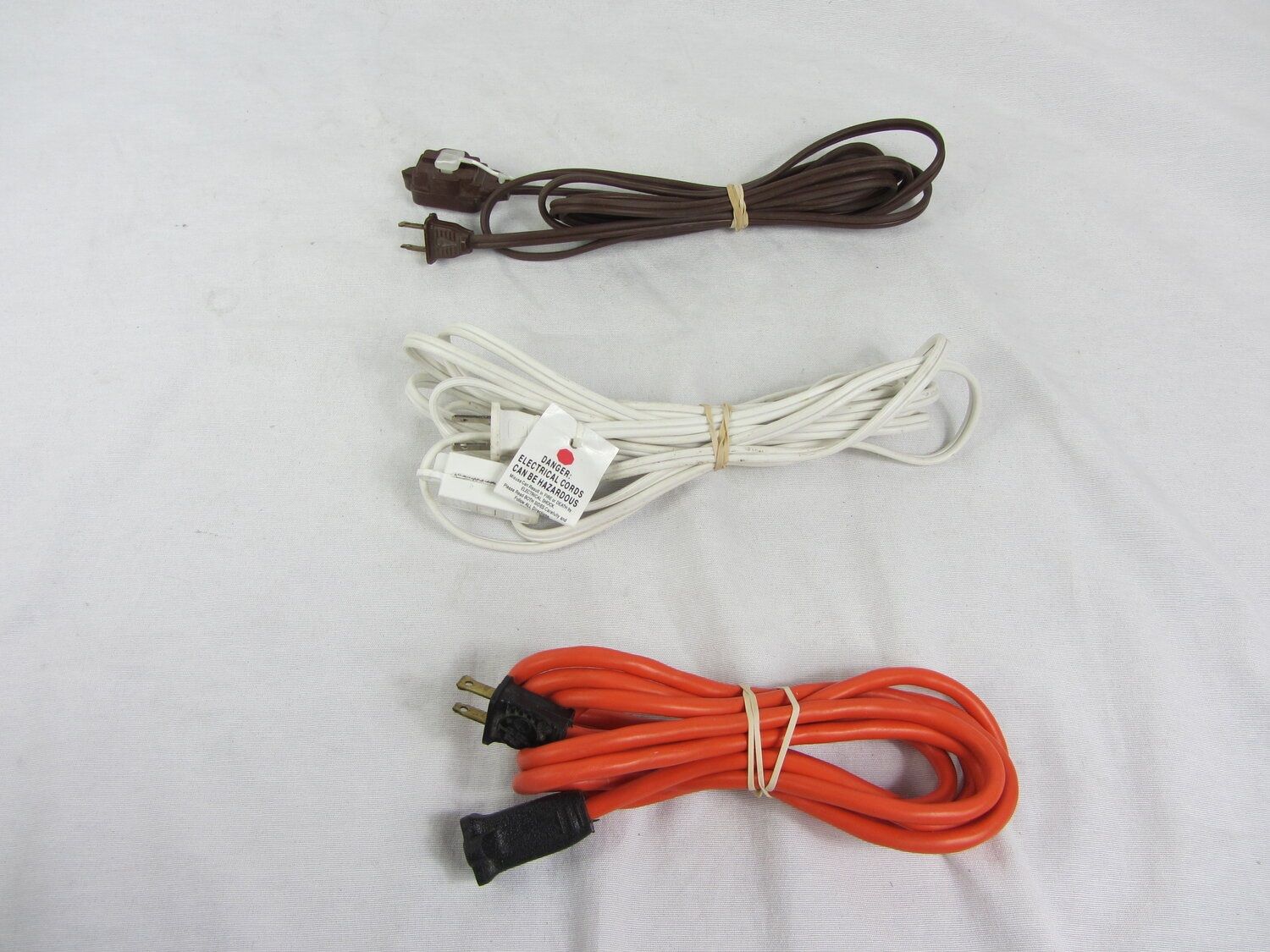

Articles
How To Wrap Rope Around Electrical Cord
Modified: February 22, 2024
Keywords: Articles, wrap rope, electrical cord
(Many of the links in this article redirect to a specific reviewed product. Your purchase of these products through affiliate links helps to generate commission for Storables.com, at no extra cost. Learn more)
Introduction
When it comes to organizing and protecting electrical cords, one effective method is to wrap them with rope. By wrapping a rope around an electrical cord, you not only add an extra layer of durability but also enhance its appearance. This technique is commonly used in various settings, such as homes, offices, and outdoor events. Whether you want to prevent tangles or simply add a touch of style, wrapping rope around electrical cords is a simple yet effective solution.
In this article, we will guide you through the step-by-step process of wrapping rope around an electrical cord. We will explore the types of rope to use, how to prepare the cord, and provide tips on securing the ends. By following these instructions, you can transform your tangled mess of cords into a neatly wrapped and organized solution.
Key Takeaways:
- Transform tangled electrical cords into organized and stylish solutions by wrapping them with durable and visually appealing rope. Follow the step-by-step guide for a clean and secure wrap that adds a personalized touch to cord management.
- Choose the right rope, prepare the cord, and secure the ends to achieve a neatly wrapped electrical cord. Experiment with colors and patterns for a visually striking look, and maintain flexibility and functionality with additional grip or insulation.
Read also: 13 Best Rope Electrical Cord for 2024
Step 1: Choose the right type of rope
The first step in wrapping a rope around an electrical cord is to select the right type of rope. It’s important to choose a rope that is strong, durable, and suitable for the task at hand. Here are a few factors to consider when selecting the rope for this project:
- Material: There are various types of rope available, including nylon, cotton, and synthetic blends. Nylon rope is often a popular choice due to its strength and resistance to wear and tear. Cotton rope, on the other hand, provides a softer and more natural feel. Consider the environment in which the wrapped cord will be used and choose the material accordingly.
- Diameter: The diameter of the rope is another important factor to consider. A thicker rope will provide more protection to the electrical cord, while a thinner rope can offer a more sleek and compact wrapping. Choose a diameter that fits your specific needs and preferences.
- Color: While it may not affect the functionality of the wrapped cord, selecting a rope color that complements the surroundings can add a touch of style. You can choose a rope that matches the color scheme of the room or opt for a vibrant color to make the wrapped cord stand out.
When choosing the right type of rope, it is recommended to visit a local hardware store or specialty rope shop. The staff there can provide expert advice on the best rope options for your specific needs. Additionally, they can assist in ensuring that the rope you select is strong enough to withstand the weight of the cord and any movement or stress it may encounter.
Step 2: Prepare the electrical cord
Before you begin wrapping the rope around the electrical cord, it is essential to prepare the cord properly. This step ensures that the cord is clean, free of any knots or tangles, and ready for the wrapping process. Follow these steps to prepare the electrical cord:
- Unplug the cord: Before handling the electrical cord, always ensure that it is unplugged from the power source. This step is crucial for your safety.
- Clean the cord: It is recommended to clean the electrical cord to remove any dust, dirt, or debris. Use a damp cloth or a mild cleaning solution if necessary. Allow the cord to dry completely before proceeding.
- Straighten the cord: Carefully inspect the cord and straighten out any twists or kinks. Run your hands along the length of the cord to ensure it is smooth and free of tangles.
- Inspect for damage: Take the time to examine the cord for any signs of damage, such as frayed wires or exposed insulation. If you notice any issues, it is best to replace the cord to ensure safety.
By taking these preparatory steps, you can ensure that the electrical cord is in optimal condition for wrapping. This not only improves the overall appearance of the final result but also helps to maintain the functionality and safety of the cord.
Step 3: Start wrapping the rope around the electrical cord
Now that you have chosen the right type of rope and prepared the electrical cord, it’s time to start wrapping the rope around the cord. This step requires precision and patience to achieve a neat and uniform wrap. Follow these steps to begin the wrapping process:
- Secure the starting point: Choose a point near one end of the electrical cord to start wrapping. You can secure the rope in place using a piece of tape or by tying a knot around the cord. This will ensure that the rope stays in place as you wrap it.
- Hold the rope firmly: Hold the rope tightly with one hand, while using the other hand to slowly rotate the electrical cord. This will allow you to wrap the rope evenly around the cord and maintain tension throughout the process.
- Wrap the rope around: Begin wrapping the rope around the cord, making sure to overlap each loop slightly to create a secure and tight wrap. Continue wrapping in a spiral motion along the length of the cord, working towards the other end. Be mindful not to wrap the rope too tightly, as it may put unnecessary strain on the cord.
- Check the alignment: As you wrap, regularly check the alignment of the rope. Make sure that each loop is parallel to the previous one and that the wrap remains tight and consistent. Adjust the positioning if needed to ensure an even appearance.
Remember to maintain a steady and controlled pace while wrapping the rope around the electrical cord. Taking your time and maintaining an even tension will result in a clean and visually pleasing wrap. Repeat this process until you have covered the entire length of the cord with the rope.
When wrapping rope around an electrical cord, make sure to use a figure-eight pattern to prevent tangling and ensure a secure hold. This will also make it easier to unwrap the rope when needed.
Step 4: Continue wrapping the entire length of the cord
Once you have started wrapping the rope around the electrical cord, you will need to continue the process until you have covered the entire length of the cord. Follow these steps to ensure a consistent and secure wrap:
- Maintain a steady rhythm: As you wrap the rope, maintain a consistent rhythm and pace. This will help you achieve a uniform appearance throughout the entire length of the cord.
- Overlap the rope: Each time you make a loop with the rope, be sure to overlap it slightly with the previous loop. This will create a tight and secure wrap that won’t unravel easily.
- Keep the tension: Maintaining tension while wrapping is crucial. This will ensure that the rope is snugly secured around the cord and doesn’t come loose over time. Avoid wrapping the rope too tightly, which can strain the cord, or too loosely, which can result in an uneven appearance.
- Adjust as needed: Occasionally, check the wrap’s alignment and adjust it if necessary. If you notice any gaps or unevenness, gently adjust the rope’s positioning to create a neater appearance.
Remember to take breaks if needed, as prolonged wrapping can be tiring. It’s also helpful to periodically step back and assess your progress to ensure that the wrap remains consistent and visually appealing. By following these steps and paying attention to detail, you can successfully wrap the entire length of the electrical cord with the rope.
Step 5: Secure the ends of the rope
Once you have wrapped the entire length of the electrical cord with rope, it’s important to secure the ends to prevent the wrap from unraveling. Follow these steps to properly secure the ends of the rope:
- Tie a knot: At one end of the cord, tie a secure knot with the rope. This will keep the rope in place and prevent it from loosening.
- Trim excess rope: Use a pair of sharp scissors or a knife to carefully trim any excess rope. Make sure to trim the rope close to the knot to create a clean and neat finish.
- Optional: Use adhesive: If desired, you can use a strong adhesive, such as hot glue or fabric glue, to further secure the ends of the rope. Apply a small amount of glue to the knot and the cut end of the rope, ensuring that it is evenly distributed and fully adhered.
Securing the ends of the rope will ensure that the wrap remains in place and maintains its aesthetic appeal over time. It also adds an extra layer of durability and prevents the rope from fraying or coming loose.
Once you have securely fastened the ends of the rope, take a moment to inspect the wrap and make any necessary adjustments to ensure that it is even and visually pleasing. This final step will ensure that the rope-wrapped electrical cord is both functional and aesthetically pleasing.
Step 6: Additional tips and recommendations
Wrapping a rope around an electrical cord can be a straightforward process, but there are a few additional tips and recommendations to keep in mind to ensure the best results. Consider these suggestions:
- Choose contrasting colors: If you want to create a visually striking look, consider using rope in a contrasting color to the electrical cord. This will make the wrap stand out and add a unique touch to your cord management.
- Experiment with different wrapping patterns: While a standard spiral wrapping pattern is commonly used, don’t be afraid to get creative and try different wrapping techniques, such as diagonal or crisscross patterns. This can add texture and visual interest to the wrap.
- Add grip or insulation: If you plan on using the cord in a high-friction or outdoor environment, you can enhance the functionality of the wrap by adding an additional layer of grip or insulation. This can be achieved by applying adhesive-backed foam strips or rubber grips around the cord before wrapping it with the rope.
- Maintain flexibility: Keep in mind that the rope wrap may add some bulk to the electrical cord. This can impact the cord’s flexibility and maneuverability. If you need the cord to retain its flexibility, consider using a thinner or more flexible rope.
- Regularly inspect the wrap: After some use, periodically inspect the wrap for any signs of wear or damage. Make sure the rope is secure, and there are no loose loops or frayed ends. If you notice any issues, take the time to re-wrap the cord or make any necessary repairs.
By following these additional tips and recommendations, you can customize the rope wrap to suit your specific needs and achieve the desired functionality and appearance for your electrical cord.
Conclusion
Wrapping a rope around an electrical cord is a practical and aesthetically pleasing way to organize and protect your cords. By following the step-by-step process outlined in this article, you can achieve a neatly wrapped cord that is both visually appealing and functional. From choosing the right type of rope to securing the ends, each step plays a crucial role in creating a clean and secure wrap.
Not only does wrapping a rope around an electrical cord add an extra layer of durability, but it also provides a personalized touch to your cord management. Whether you’re looking to organize cords in your home office, enhance the appearance of electronics in a retail display, or keep cords secure at an outdoor event, this technique can be applied across various settings.
Remember to choose a rope that fits your specific needs in terms of material, diameter, and color. Prepare the electrical cord by cleaning and straightening it, and ensure that it is in good condition. When you begin wrapping the rope, maintain tension and create a uniform wrap by overlapping each loop slightly. Secure the ends of the rope to prevent unraveling, and make any necessary adjustments to achieve the desired appearance.
Lastly, consider experimenting with different wrapping patterns and adding additional grip or insulation if needed. Regularly inspect the wrapped cord for any signs of wear and make any necessary repairs to maintain its functionality.
In conclusion, by following the steps and recommendations outlined in this article, you can effectively wrap a rope around an electrical cord, transforming it from an unsightly jumble into an organized and stylish solution.
Frequently Asked Questions about How To Wrap Rope Around Electrical Cord
Was this page helpful?
At Storables.com, we guarantee accurate and reliable information. Our content, validated by Expert Board Contributors, is crafted following stringent Editorial Policies. We're committed to providing you with well-researched, expert-backed insights for all your informational needs.


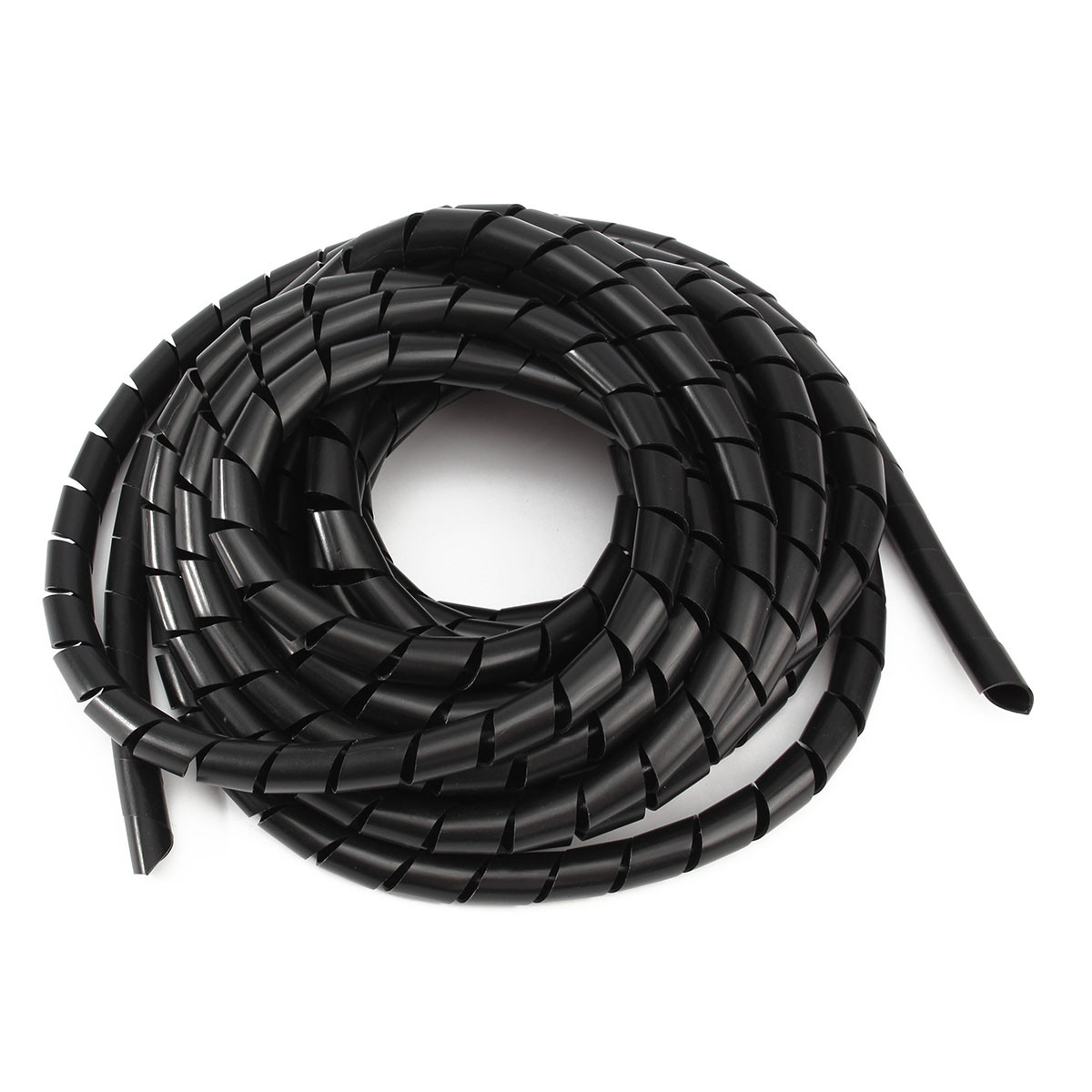

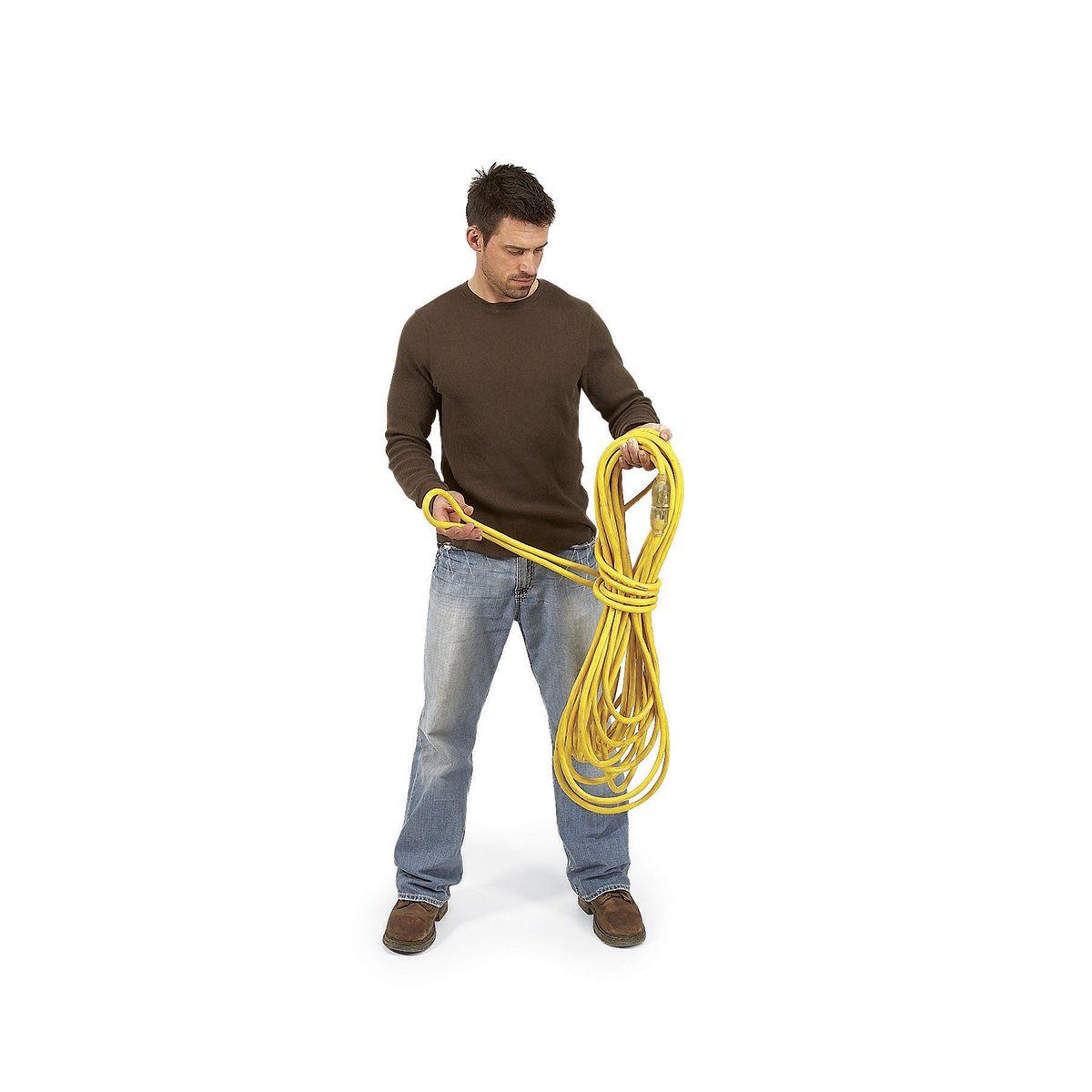
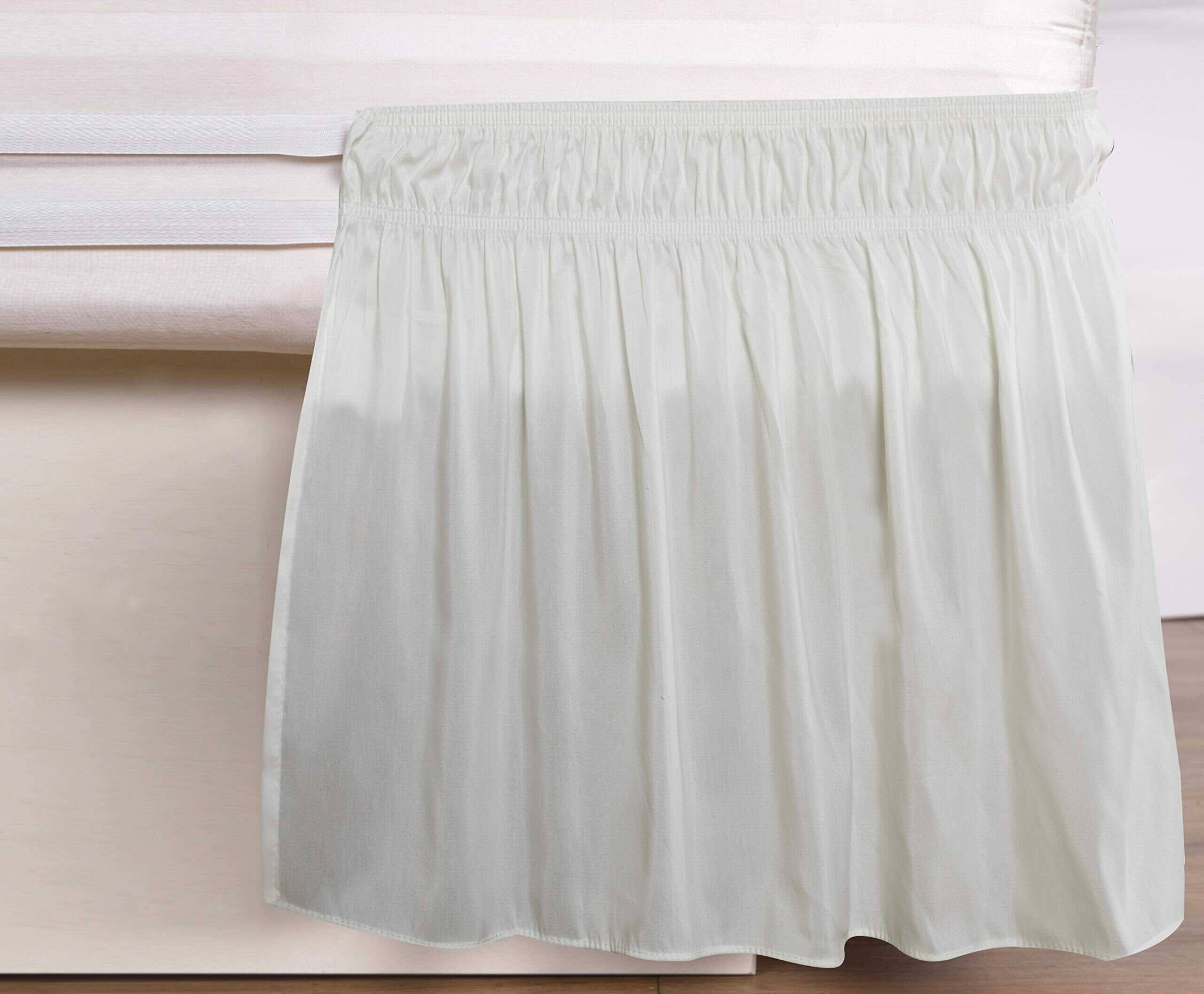
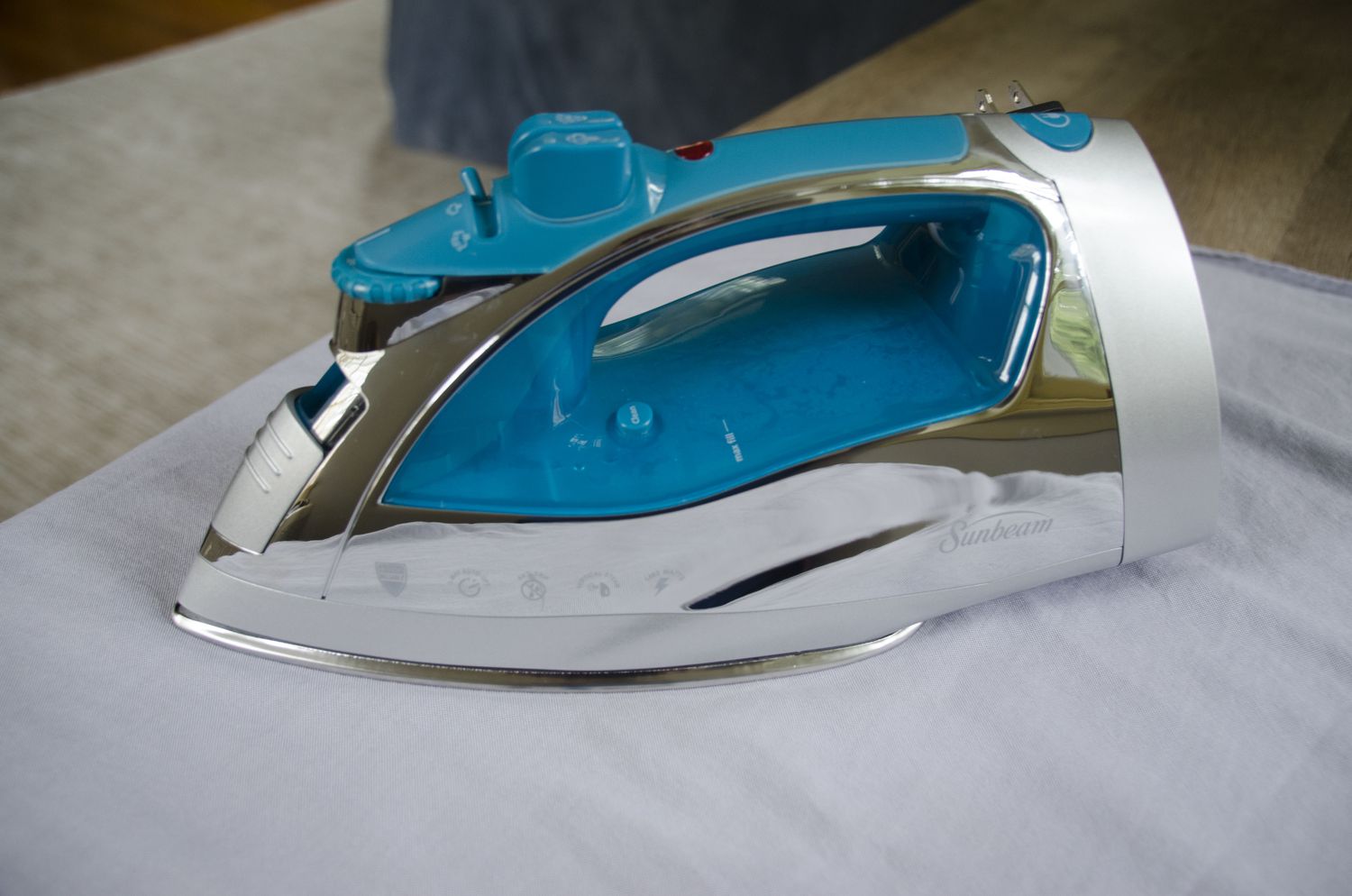
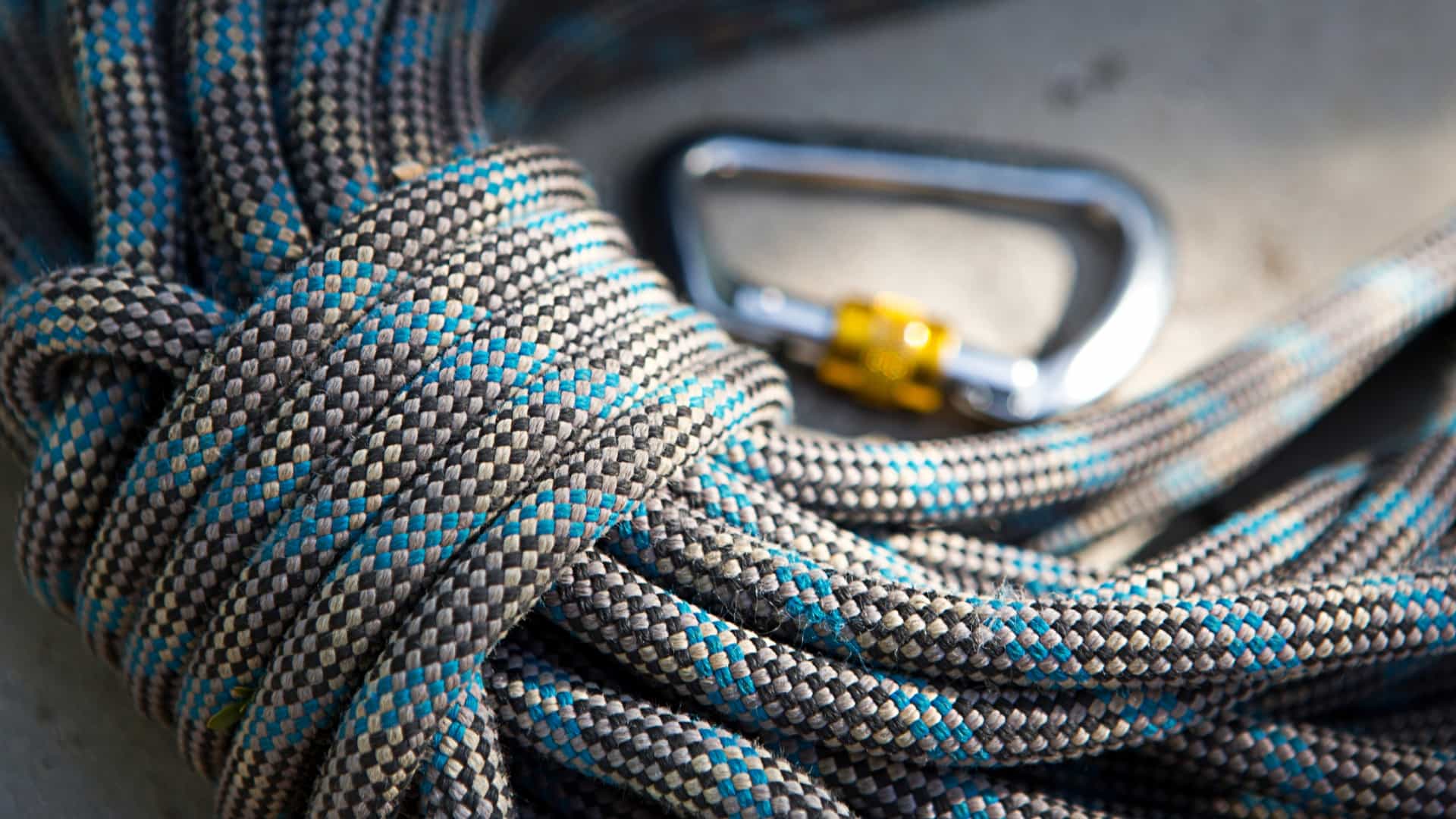
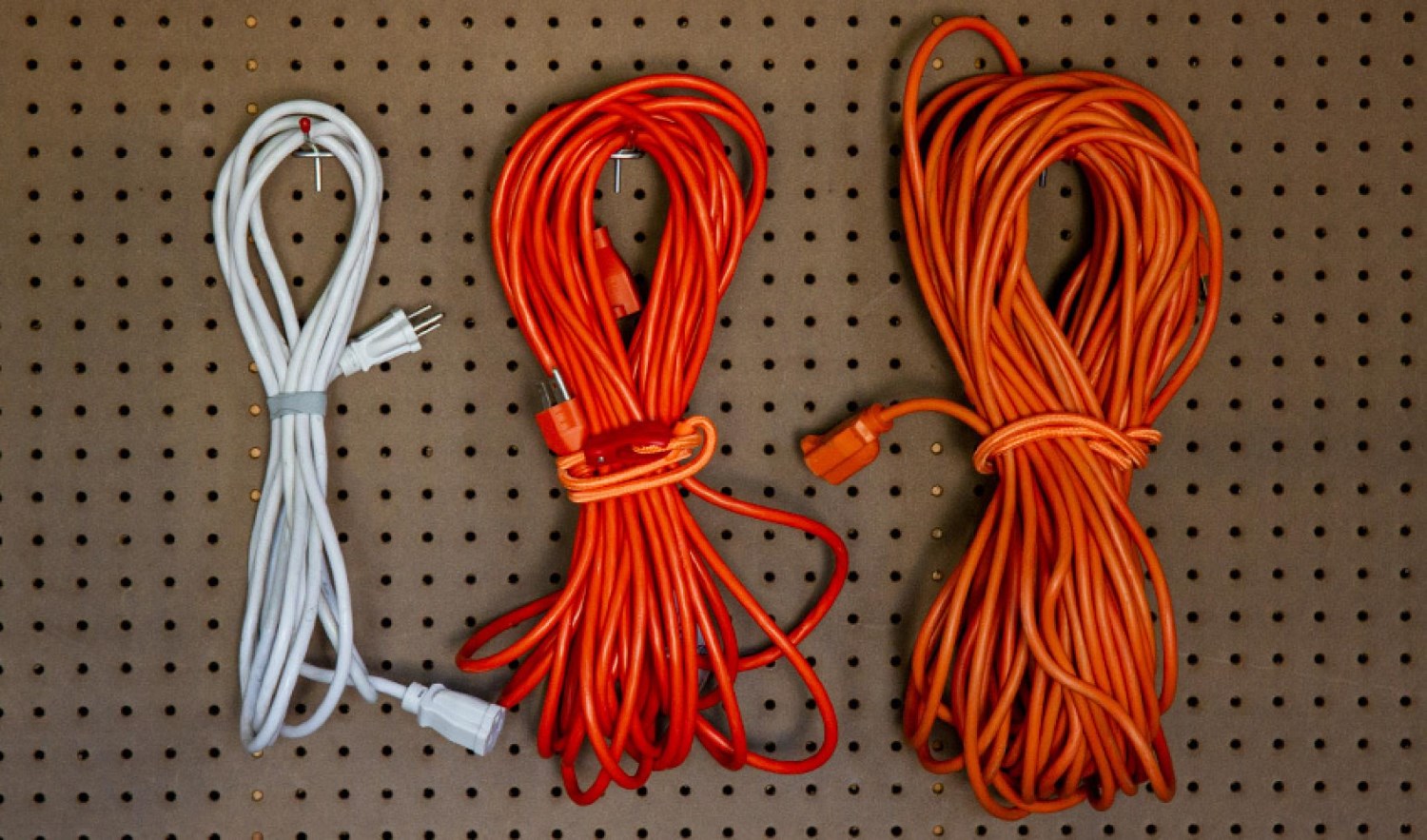
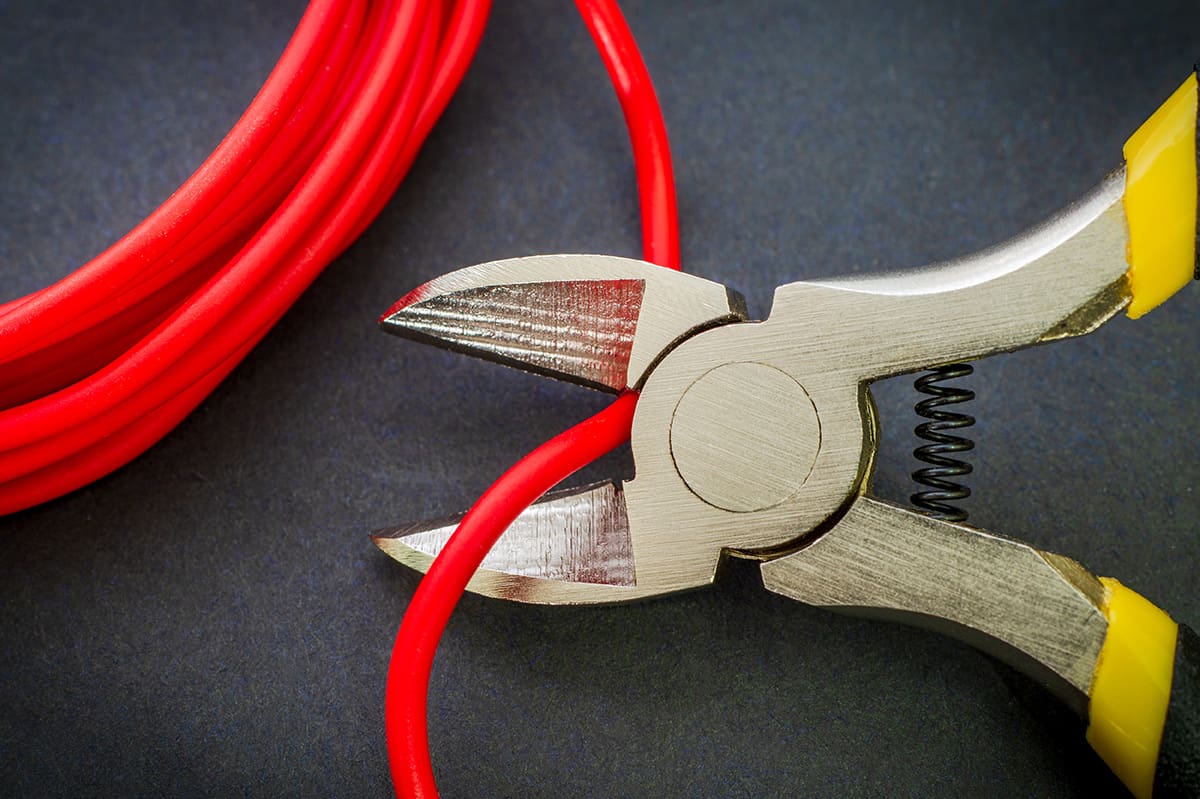
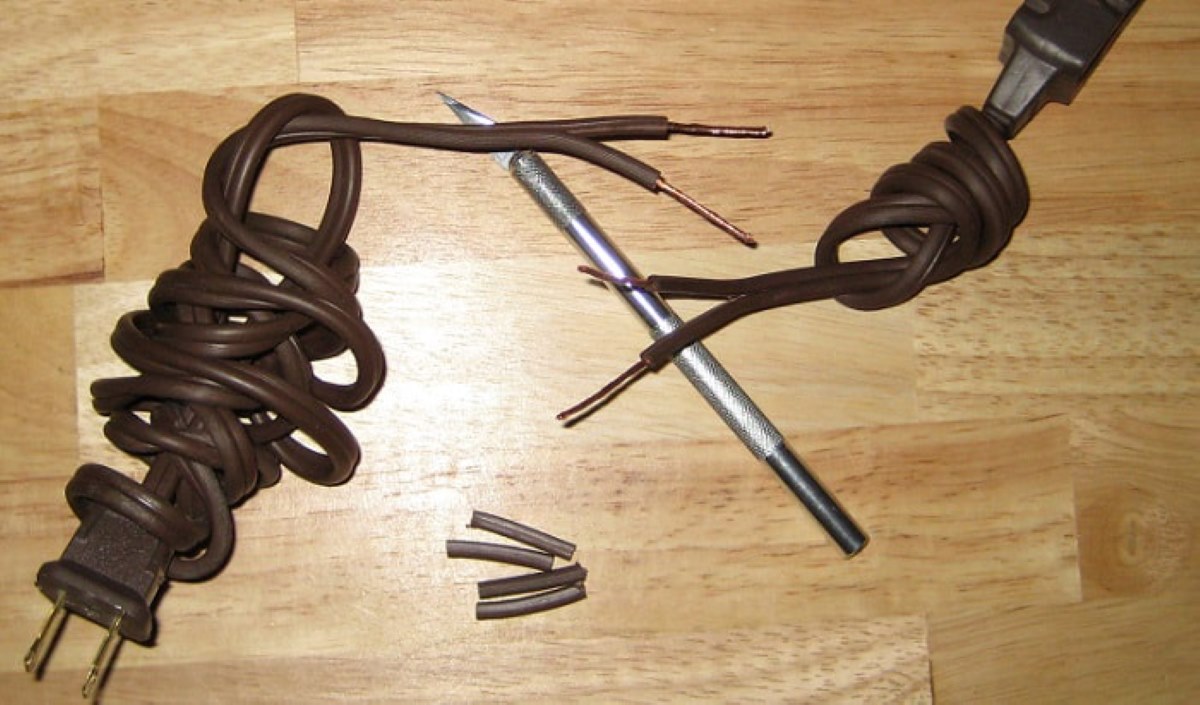
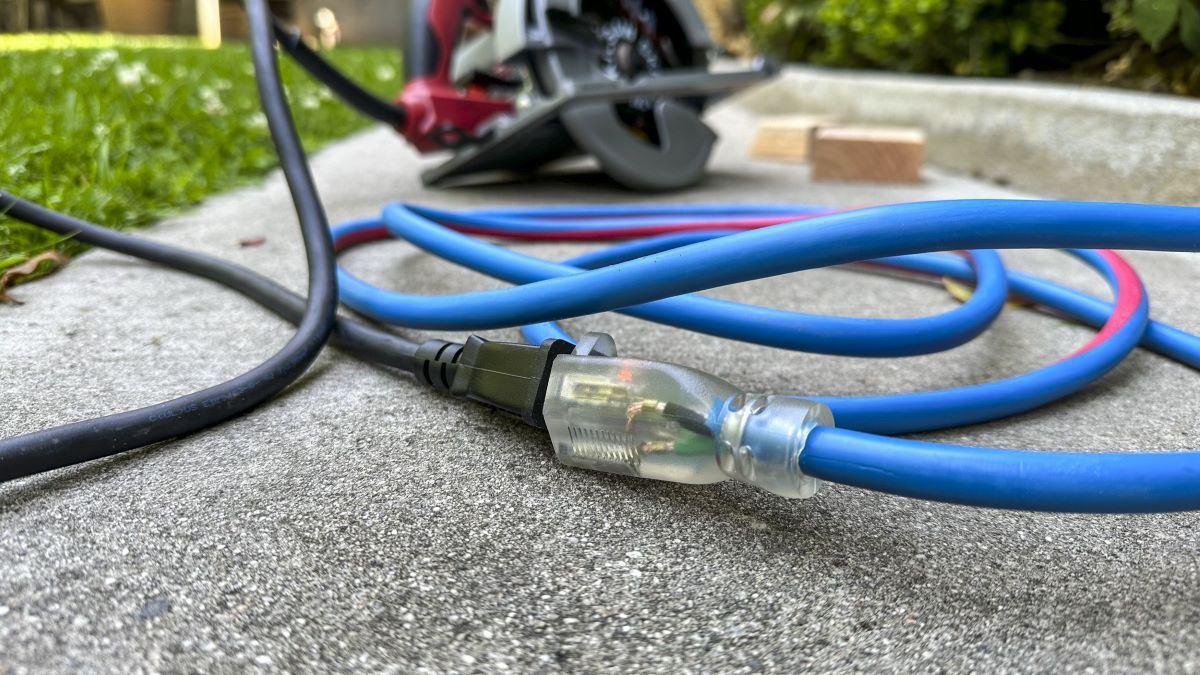
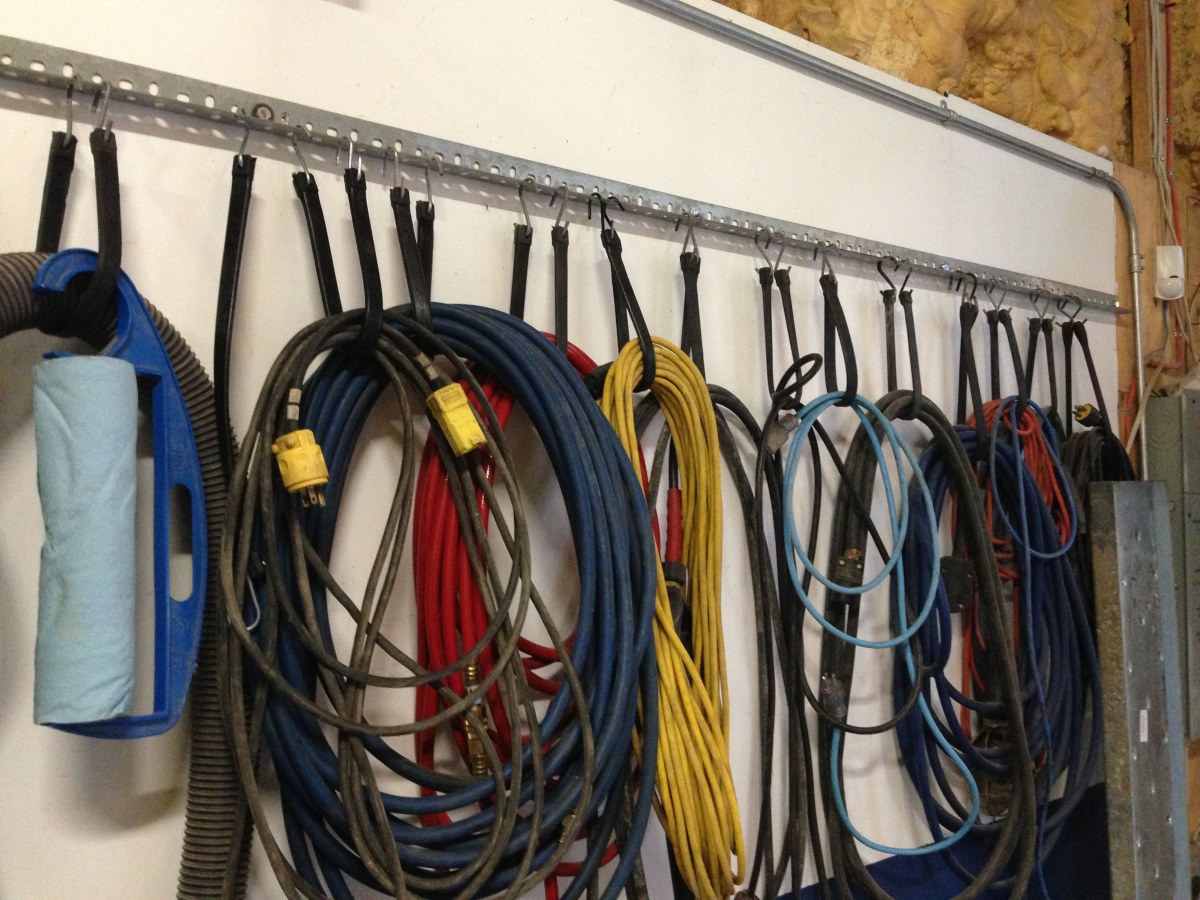
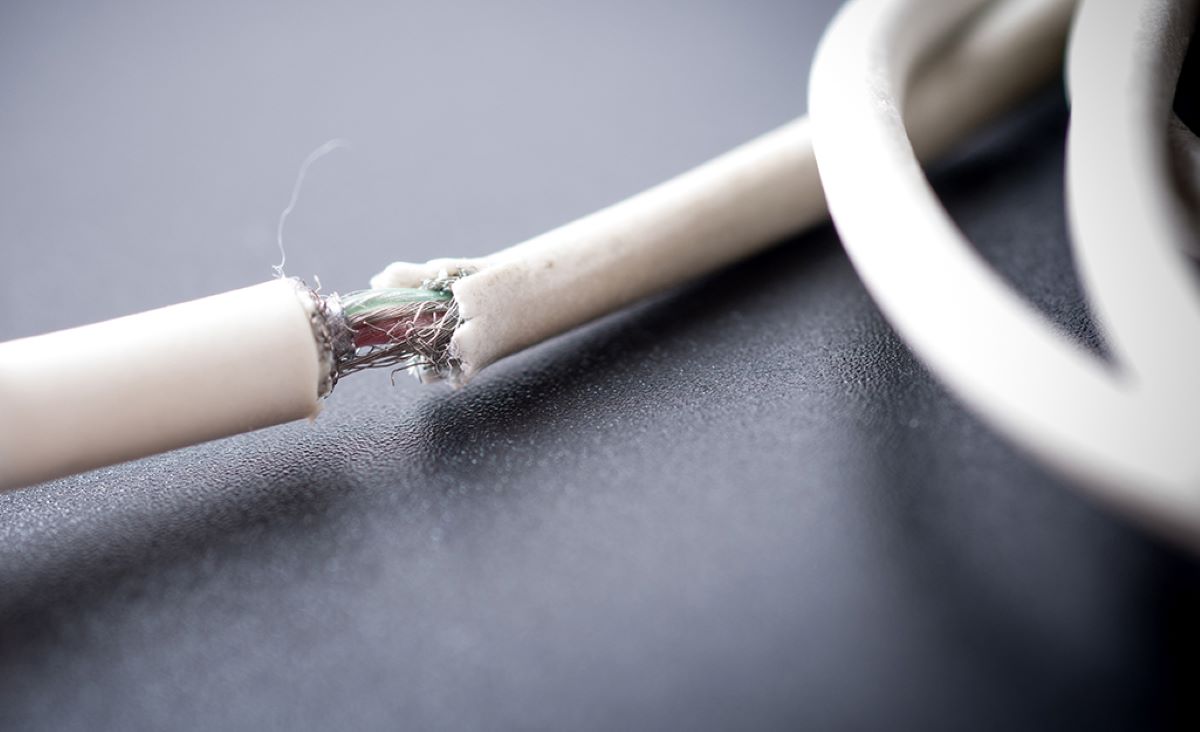

0 thoughts on “How To Wrap Rope Around Electrical Cord”